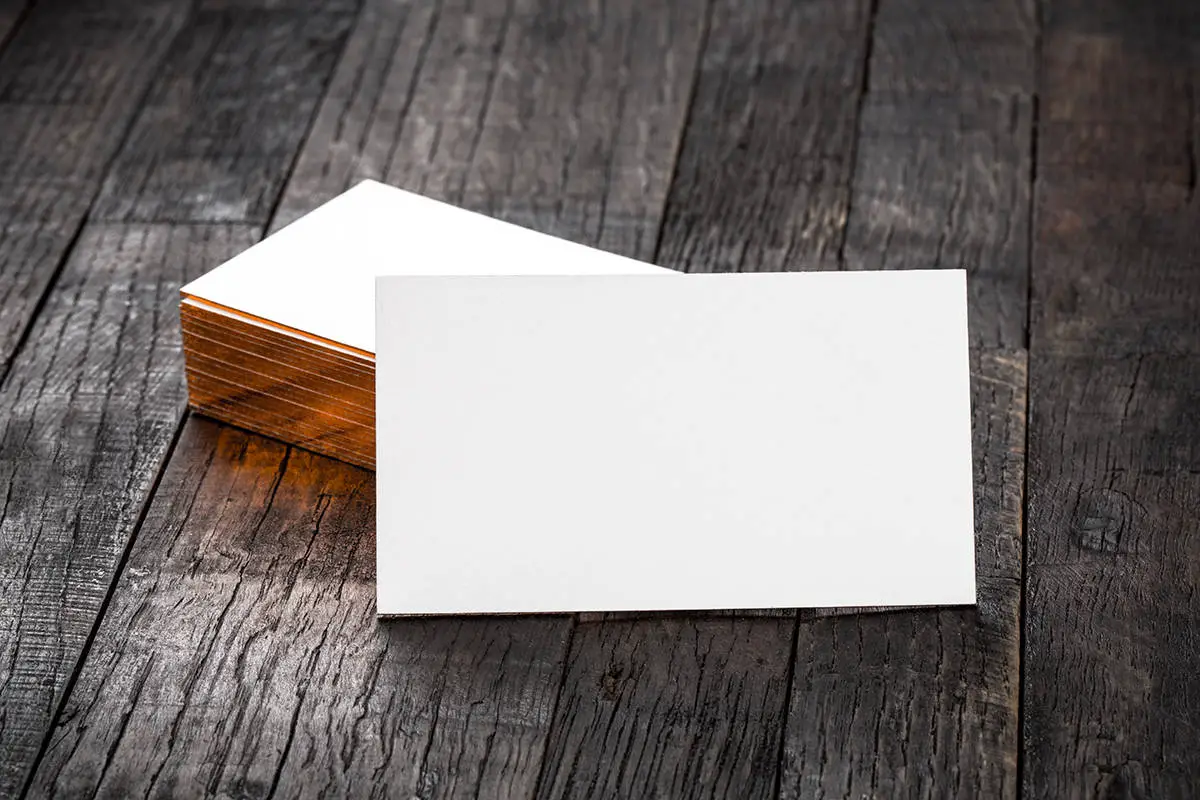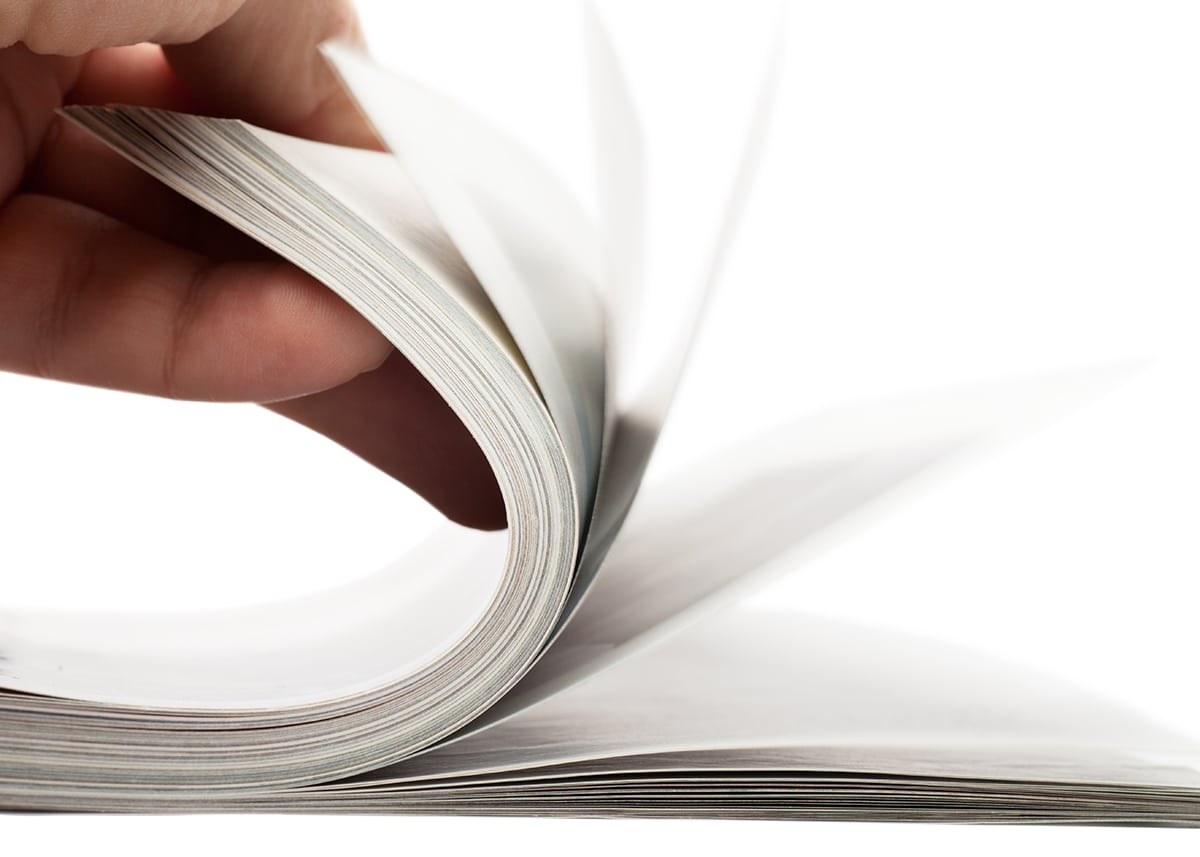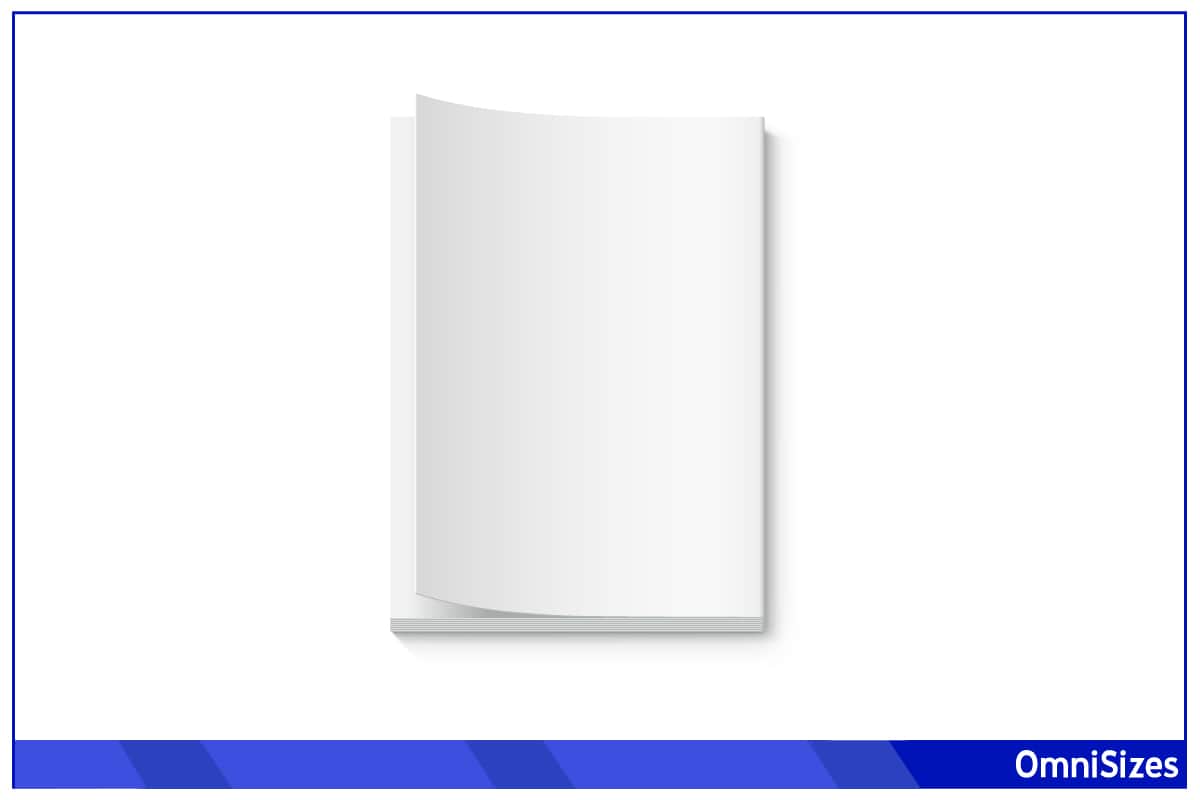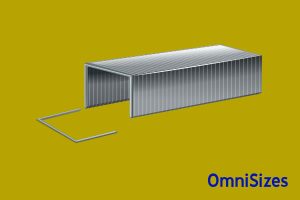When we hold a piece of paper, its thinness seems almost magical. But, have you ever wondered, how thick is paper? This seemingly simple question opens up a world of fascinating details about this everyday material.
Different types of paper have varying thicknesses. Standard printer paper is typically about 0.002 to 0.004 inches thick. In contrast, cardstock is thicker, around 0.01 to 0.02.
This guide will explore the intriguing world of paper thickness, from everyday uses to the surprising aspects of paper’s dimensions.
The Basics of Paper Thickness

Ever picked up a book, magazine, or even a simple piece of printer paper and thought about its thickness? The thickness of paper isn’t chosen at random. There’s a rhyme and reason for everything.
Defining Paper Thickness
When we talk about how thick paper is, we’re diving into its measurement, often in millimeters or inches. This thickness determines how sturdy the paper feels and how much ink it can handle without bleeding through. It’s a delicate balance—too thin, and the paper tears easily; too thick, and it might not be suitable for your printer.
Standard Measurements
Paper thickness is commonly measured in two ways: GSM (grams per square meter) and points.
GSM stands for grams per square meter. It measures the weight of paper, but it’s often used as an indirect way to talk about thickness. Essentially, the higher the GSM, the thicker and heavier the paper.
Points offer a more direct measurement of paper thickness. 1 point equals 1/1000th of an inch. This measurement is especially common in the United States. It’s straightforward—the higher the points, the thicker the paper.
How Thickness is Determined
The process of making paper has a big say in its final thickness. Paper is made from wood pulp, which is spread into thin sheets and dried. The type of pulp used, how much it’s compressed during production, and the additives mixed in all play their parts. Thicker papers like cardstock are made by pressing fewer fibers together more firmly or by using a different kind of pulp.
Everyday Paper and Its Thickness
Paper is a product of careful design and engineering. This section will explore the thickness of everyday paper types and what makes each unique.
1. Typical Printer Paper
Printer paper, the most common type in offices and homes, is usually about 0.002 to 0.004 inches thick. It’s designed to be thin enough for bulk printing yet thick enough to prevent ink from bleeding through. The standard weight for this paper is about 90 to 100 GSM.
2. Newspaper
Newspaper paper is thinner than your standard printer paper, typically around 0.004 inches. This thinness is intentional to keep costs low, as newspapers are mass-produced and meant to be read once and then recycled. Despite its thinness, newspaper paper is strong enough to hold black and color inks without significant bleed-through.
3. Business Cards
Business cards stand out for their thickness, which is around 0.01 to 0.02 inches. This extra thickness, often in the range of 147 to 640 GSM, gives them a sturdy, premium feel. The thickness ensures that business cards can withstand being stored in wallets or pockets and handled frequently without getting damaged easily.
4. Glossy Photo Paper
Glossy photo paper, used for printing high-quality photos, is generally thicker than standard printer paper. It usually ranges from 150 to 200 GSM. This extra thickness helps the paper support the heavier ink coverage needed for vibrant photo prints. The glossy finish adds to the perceived thickness and quality, making your photos pop.
5. Textbook Paper
Textbook paper needs to be durable due to frequent handling. It generally ranges from 90 to 200 GSM. This added thickness ensures the pages can withstand regular use by students. The paper is usually matte, which helps reduce glare and makes it easier to read for extended periods.
6. Art Paper
Art paper comes in a wide range of thicknesses, tailored to different mediums. Sketching paper might be around 120 to 160 GSM, thick enough to handle erasing and sketching. Watercolor paper can go as high as 300 to 640 GSM, providing the necessary thickness to absorb water without warping.
Paper Thickness Summary Chart
| Paper Type | Thickness (inches) | GSM Range |
| Standard Printer Paper | 0.002 – 0.004 | 90 – 100 |
| Glossy Photo Paper | 0.007 – 0.012 | 150 – 200 |
| Cardstock/Business Cards | 0.007 – 0.014 | 140 – 640 |
| Newspaper | 0.004 | 35 – 55 |
| Textbook Paper | 0.004 – 0.008 | 100 – 200 |
| Art Paper | 0.004 – 0.025 | 120 – 640 |
Unique Perspectives on Paper Thickness

Paper thickness might not be something you think about every day, but it has some pretty cool aspects. Here are some fun facts taken straight from the wonderful world of paper thickness.
Feel of 50 Sheets
Ever wondered how thick a stack of 50 sheets of standard printer paper is? It’s about 0.2 inches. That might not sound like much, but it’s a tangible way to understand paper thickness. This thickness makes it easy to handle and flip through, perfect for reports or presentations.
Visualizing 1000 Sheets
Now, let’s scale up. Imagine a ream of paper, which is typically 500 sheets. Double that, and you have a stack of 1000 sheets, roughly 2 inches thick. This visual helps in understanding how paper thickness adds up, especially in office settings where large amounts of printing are common.
How Thick is 1 Million Sheets of Paper?
One million sheets of standard printer paper would create a tower over 4,000 inches tall—that’s over 340 feet! This perspective also highlights how much paper an office might use over time and why going digital can make a big difference.
How Many Sheets of Paper to Reach the Moon?
To answer this, we need a few key pieces of info.
- The average distance from the Earth to the Moon is about 238,855 miles (384,400 kilometers).
- A standard sheet of printer paper is approximately 0.004 inches thick.
- There are 63,360 inches in a mile, so the distance to the moon in inches is 238,855 miles × 63,360 inches/mile = 15,139,056,000 inches.
- Divide this number by the thickness of a sheet of paper: 15,139,056,000 inches ÷ 0.004 inches/sheet = approximately 3,784,764,000,000 sheets of paper or about 7.6 million reams of paper.






